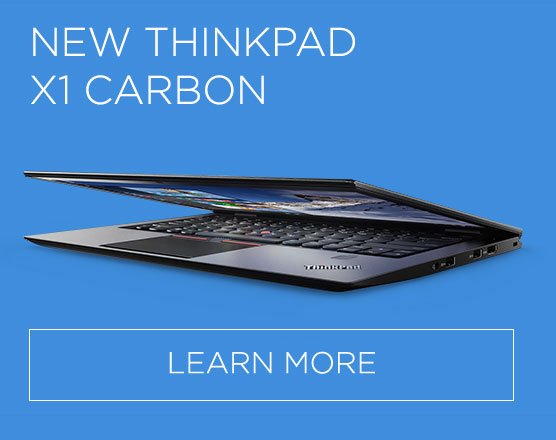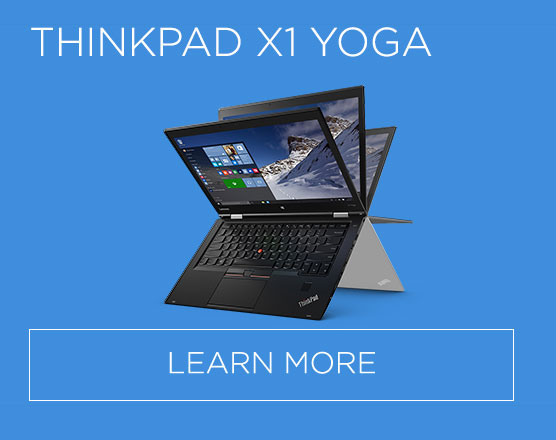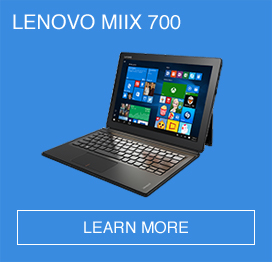For technology managers at small to medium businesses, corporate requirements around price and fit-for-purpose are no longer the only criteria that must be applied when selecting personal computers.
Consumer-based personal computing has advanced to the point that many employees are using more powerful, functional and stylish devices at home than are available to them in the workplace. These devices include not just traditional desktop or notebook computers, but tablets, smartphones, ‘2-in-1’ touchscreen laptops, ‘all-in-one’ personal computers and others.
These advances in consumer-based personal computing are creating a gap between employee expectations and workplace reality. For younger employees in particular, inferior workplace technology may become a source of frustration and contribute to their early departure to an employer with a more modern approach to technology. This inferiority can extend from the speed and functionality of workplace personal computers to dull colours and clunky design.
Closing the gap
So how can SMBs choose personal computers that 'close the gap' and match employee expectations? A key step is to think beyond conventional procurement methodologies.
For some businesses, ‘choose your own device’ policies can enable employees to work with highly functional and stylish personal computers while allowing technology managers and teams to retain control over the devices that come into the workplace (this approach is typically a better option for businesses than ‘bring your own device’ policies that force technology teams to secure and accommodate a range of devices).
SMBs may also decide to refresh personal computer fleets more quickly. Traditional three to five-year refresh cycles mean businesses very quickly fall behind the rapid pace of technology development (often within months of having completed a cycle) and potentially lose their edge over competitors. While shortening these cycles may require greater investment, this can be offset by gains made in productivity and employee retention.
By using 'choose your own device' policies to complement faster personal computer refresh cycles, and aligning these policies and cycles with corporate policy objectives, businesses can improve productivity, boost employee retention, and position themselves to seize new opportunities. Lenovo is ideally positioned to help businesses boost their internal technology environments and reap these rewards.
Devices that meet personal and business needs
Lenovo’s personal computing products are designed to support SMBs’ requirements ranging from mobility to high-powered desktops. Businesses that select Lenovo’s latest personal computers can be assured that most of their employees would be using work-issued PCs at least equal to the computers they have at home.
These employees would reap the productivity and performance rewards of new-generation Intel processors, faster storage, longer-lasting batteries and responsive multitouch screens. They could also take advantage of capabilities such as the ability to operate PCs remotely from smartphones, switch out laptop batteries on the fly and project directly from tablets.
Another advantage of selecting Lenovo is the fact the business is at the leading edge of designing and releasing new products that meet personal and corporate requirements. Lenovo is now targeting ‘hybrid’ devices that sit between a notebook and a tablet at businesses to complement their initial aim at the consumer market. An example of this approach is the Lenovo Miix 700 with a 12-inch touchscreen, kickstand and detachable keyboard that is also available as a Business Edition with enterprise-class security features.
Lenovo can deliver the products and expertise to SMBs that want to minimise the risk to productivity, performance, turnover and other key metrics that falling behind employees’ expectations of technology brings. Businesses themselves need to factor that risk into procurement and management strategies including hardware-refresh cycles, implementation of ‘choose your own device’ policies and selection criteria for products and partners. Getting these strategies and partnerships right can position small to medium businesses to grow to the next level.

















